Would you like to be closing more deals in today’s marketplace? Of course your answer is yes.
We’ve got sales tips based on our brand-new data to show you exactly how.
Our latest research study analyzed about 24,000 sales conversations to determine what top-performing reps are doing to close more deals than everyone else.
Ready to see for yourself?
Check out this video, where you’ll learn 5 closing sales tips based on our brand-new data:

1. Make it back-and-forth.
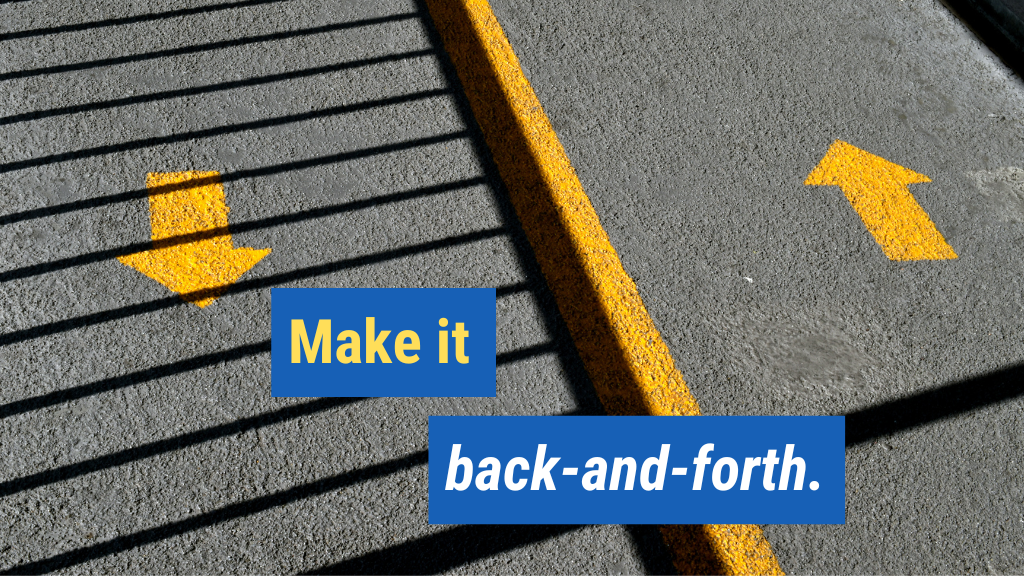
This is one of the most important sales tips to come out of our recent study on sales. Our new data shows, unequivocally, that top performers today create more “back-and-forth” in their conversations with prospects. In fact, we learned that top performers have 54% more conversation switches in discovery, and 78% more conversation switches during presentations. Think of a conversation switch as “I talk, you talk. I talk, you talk”—top performers do this on repeat, much more frequently than everyone else does.
This new data gives us a groundbreakingly new understanding of how top performers are selling. To implement this sales tip, you must constantly bring the prospect back into the conversation—and even when they’re talking, you must be actively engaged, responding with little prompts such as, “I understand what you’re saying,” or “That makes sense.” Those little comments constitute a conversation switch. Top performers use these quick comments to create a dynamic sense of back-and-forth that continuously loops prospects into the conversation, leading the interaction forward with confidence.
2. Demand more time.

The new data shows that top performers’ discovery calls are 76% longer than those of the rest of the team. What’s more, top performers’ presentation calls are also longer—by a difference of about 55%. Based on this brand-new data, one of the most powerful closing sales tips is to demand more time from prospects. In fact, you should expect more time from prospects. When you schedule an initial meeting, expect more time up front. Don’t just try to get your foot in the door with a 5-minute time slot and hope for the best. Short conversations aren’t going to close sales. The data is clear on that. You’ve got to have enough time set aside from the get-go to have a full-length conversation to close any deal.
3. Ask and get more questions.

The data shows that top performers ask 39% more questions in discovery and 40% more questions during presentations. Even more interesting is that prospects ask 40% more questions of top-performing reps during discovery, and 43% more during the presentation. So, not only are top performers asking way more questions, but they’re also receiving way more questions. The key takeaway here is that top performers’ sales conversations are far more engaged on both sides—prospects are fully present, not texting or checking their email. They’re really listening. And as a result, they’re asking more questions. At the same time, top-performing salespeople are asking more questions of the prospect, showing strong engagement. Having this level of questions, both asked and received, is critical to the success of the sale.
4. Slow things down.
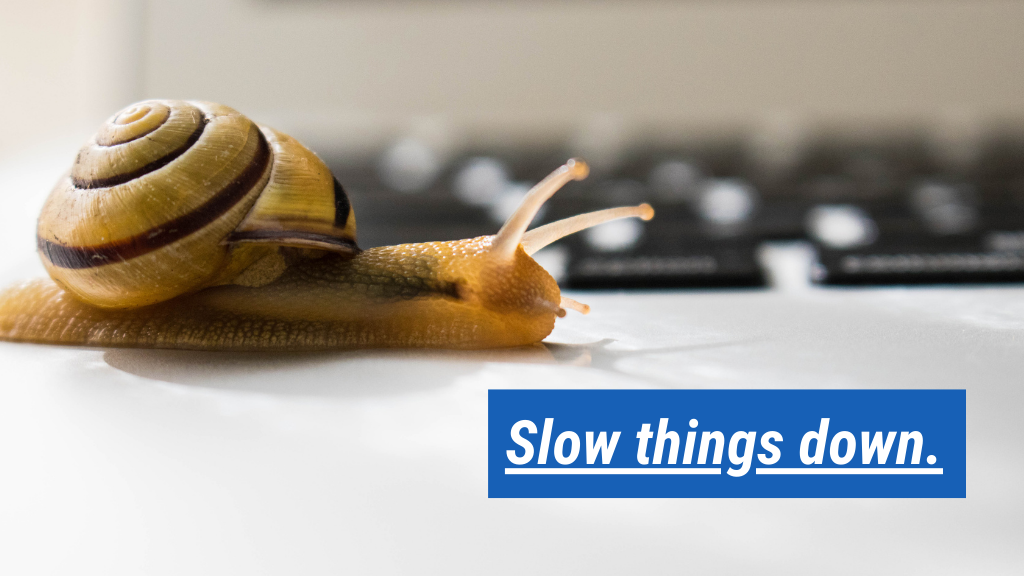
This is one of the most powerful yet simple sales tips we can offer from our new research: slow down. The data shows that top performers speak at an average of about 171 words per minute, while the rest of the team speaks at an average of 182 words per minute. That’s about a 6.5% difference. And what’s even more interesting is that the pace at which their prospects speak is different as well. Top performers’ prospects speak only around 174 words per minute, whereas the rest of the team’s prospects speak 198 words per minute. That’s a 14% difference between top performers’ prospects and everyone else’s prospects.
These statistics tell us that top performers are able to slow down the conversation on both sides. They’re not just trying to rush through and move on to the next thing. And when top performers speak slower, their prospects do, too. They follow suit, slowing down and fully engaging in the conversation. Be willing to slow down the conversation. Get comfortable at that slower pace, because it will have a huge impact on the likelihood of ultimately closing the deal.
5. Features = sales death.

It turns out that top performers discuss features during their discovery about half as much as everyone else. At the same time, top performers’ presentations mention features about 63% less than everyone else’s. This means that top performers are way less focused on selling features.
The biggest sales tip here is that we must all move into the new world of selling, which is not focused on product features. Instead, it’s focused on solutions. Your features are great; that’s good for you, but your prospects don’t care. What they care about is that you can solve their problems. Instead of focusing on the features of your product or your service, focus on the ultimate solutions and outcomes that your prospects are looking to accomplish.
So there you have it. Now you know 5 closing sales tips based on brand-new data from our recent study. Which of these sales tips did you find most useful? Be sure to share your thoughts in the comments section below to join the conversation.

More Data-Driven Closing Sales Tips…
Want sales tips that will actually help you close more sales? Watch this video to learn the 17 quickest, most powerful tweaks you can make to your selling strategy.
I’m curious: Are you looking to close more sales than you do right now?
I’m willing to bet the answer is yes. But exactly what sales tips should you be following in order to start closing more sales?
That question is harder to answer. But thankfully, I’ve done the legwork for you and pulled together 17 of the most powerful—and quickest—sales tips to help you close the sale.
These sales tips won’t just help you close more sales. They’ll also help you become viewed as a trusted advisor to your ideal prospects.
The data suggests that just 18% of salespeople are actually classified by buyers as trusted advisors whom they respect. This means that 82% are not seen as trusted advisors.
There are so many small changes you can make to ensure you’re not in that 82%. If you only implement a few of the sales tips I’m going to share with you now, you’ll still make a huge impact on your selling approach.
In this video, I’m going to show you 17 super-quick sales tips to close the sale. Check it out:
6. Be the total opposite of what they expect.
My father always used to say that if everyone is marching East then you should march West. I’ve lived by this mantra all my life—and it’s especially relevant in the world of sales.
The more we’re perceived as different from everyone else in sales, the better off we are. This is one of the most powerful sales tips out there.
Just think of how many salespeople your prospects deal with each and every week. Is it 10 salespeople a week? Is it 20 salespeople a week? 30? 100?
Of course, the answer depends on your industry and the type of people you’re selling to. But if you’re perceived as similar to even 10 other salespeople that your prospect has met with over the course of the past week, then you’re dead in the water.
It’s time to be the exact opposite of what they expect.
7. Break the pattern.
When you’re perceived as being like all the other salespeople out there, your prospects are going to naturally fall into a patterned response.
Don’t let this happen. Instead, break the pattern.
This is what we call a pattern interrupt. The pattern interrupt is about being distinct and different from the competition. Take some risks. Get comfortable being a little weird. Don’t start a conversation, for example, with, “Hey George, how are you today?” If you do, you’ll sound like every other sales greeting your prospect has heard before.
Instead, mix it up. Do or say something that’s completely different from what your prospect expects. If this is one of the sales tips you implement, you’ll see an immediate result.
8. Map out your first seven seconds.
The data suggests that prospects make instant decisions about you within the first few seconds of each interaction.
Do you pay attention to how you’re starting most interactions with prospects?
I’ll tell you, most salespeople don’t. Script out the first seven seconds of your conversation with any prospect, client, or valued customer. Don’t leave anything to chance.
9. Zoom out to 30,000 feet.
It’s easy to get stuck in the weeds when selling. But top-performing salespeople are constantly zooming out to refocus the conversation on the big picture.
I call this zooming out to 30,000 feet. It’s one of the most powerful sales tips I can share with you.
Data from an organization called Gong.io, which does cutting-edge research on sales interactions, shows that top sales reps ask about two times as many big-picture business-related questions than average-performing reps. That’s a huge difference.
You need to be willing to take a step back with prospects, and really understand the big picture of what they’re looking to accomplish.
10. Accept that “no” is okay.
When you make it clear to a prospect that you’re not going to accept a “no,” you’re actually making them uncomfortable.
By the way, this is what most of us have been taught to do, so it’s not entirely your fault. But putting pressure on a prospect to give you a “yes” doesn’t make them more likely to do business with you.
In fact, it’s quite the opposite.
You’re more likely to lose a sale when you put the pressure on—and your prospects are also more likely to say, “I need to think this one over.”
When you make “no” an acceptable outcome, everything changes for the better.
Simply say to your prospect, “You know what? I just want you to know, if you don’t think this is a fit, it’s no big deal.” When you do, you’re going to take off all that pressure and make them feel so much more comfortable.
11. Ask questions, expect answers.
Just the other day, a person in one of my Mastermind groups told me that he has trouble getting answers to his questions in sales situations.
The reality is that most salespeople ask questions timidly, and the prospect can immediately feel that. When you ask questions, ask them confidently.
Expect answers, and they’re going to come.
12. Dig into vague terms.
Prospects love to throw out vague terms to salespeople.
By the way, the vast majority of salespeople just let them go. Think of phrases like, “Our team has had a bumpy ride, if you know what I mean.” Or, “Things really blew up for us.”
Basically, any statement that could mean a lot of different things is a vague term or a vague statement. Just take the phrase “things really blew up for us.” Is that a good thing? Is that a bad thing?
Obviously, context would help, but you’ll still never really know what it means because there’s no meat on the bones. Most salespeople will hear that and they’ll just nod.
But if you say something like, “You know what, George? Help me understand exactly what you mean by that,” you’re going to be way ahead of the pack. This is one of those simple sales tips that can transform your interactions with prospects from here on out.
13. Why? Why? Why?
The best word on the planet for salespeople is why?
The more you ask your prospects why, the better off you are. Why is the ultimate unpacking question. Just try it with your friends next time they say anything. Just respond with, “Why is that?” They’re likely to go on and on.
Prospects tend to gloss over the really important stuff, so the more you dig in by asking why, the greater value you’re going to create in their eyes.
14. Establish a budget before presenting.
Of all the sales tips I share, this is the one I get the most push back on. I hear things all the time like, “Asking for a budget just doesn’t work.” That is crap.
Yes, maybe the first time you ask a prospect for a budget they’re going to say, “Well, that’s why you’re here,” but if you hang in there you can almost always establish some kind of a budget before you present your ideas.
This ensures that you’re on the same page, and that you can maximize the opportunity.
Notice that I didn’t say ask for the budget…I said establish the budget.
Establishing a budget means that you don’t just have to throw out a really vague question like “What’s your budget?” Instead, you can establish a budget together.
If you’re having trouble, you can say something like, “You know, George, typically a solution for something that we’re talking about here would range anywhere from $10,000 to $70,000. Where on that kind of a range could you see yourself?”
15. Know their process.
The data shows that one of the top reasons salespeople lose B2B sales is that they don’t understand the prospect company’s buying process.
Get intimately familiar with each prospect’s whole decision-making process. Who are the people that are really important?
Understand all the steps that go into making a decision at the organization.
Don’t be afraid to just ask. Prospects are typically really happy to share this information because it’s ultimately going to make their life a lot easier.
16. Always have a clear and scheduled next step.
Nothing screws up a sale more than not having a clear and scheduled next step.
Let’s just say that you present to a prospect and they’re excited, but they really need to talk it over with some colleagues. This isn’t an unreasonable request, but don’t just say, “Oh, you know what? How about I follow-up with you next week?”
No, no, no. That’s weak.
Instead, get a call or meeting on the calendar. Say something like, “You know what? Because we’re both really busy, and to avoid that back and forth, how about we just put something on the calendar right now?”
Really simple—and it works.
17. Use case studies.
The data shows that once the brain loses interest in what another person is saying, people start to shut down. For prospects, this means that they don’t buy.
When presentations go on and on for a long time, packed with tons of features and benefits, people start to lose interest. As a result of losing interest, they get bored and they’re less likely to buy.
Case study presentations, on the other hand, are a far more effective way to present your offering to prospects.
So here’s what you have to do. Just mix in a few case studies or examples of other clients to tell your prospects some interesting stories. Show them how you helped another client accomplish what this particular prospect is looking to accomplish. Give specifics and work them into the presentation.
By the way, you don’t even have to give the specific name of the client that you’re using in the case study, just tell some examples and stories and shed light on some past results and outcomes. This is one of the best sales tips for giving sales presentations that will be far more engaging and ultimately more compelling.
18. Never go on for more than 60 seconds.
Research from my friends over at Gong.io shows that top-performing sales reps have far more conversation switches than average and under-performing reps. I mean, by a lot.
In fact, in analyzing thousands of sales, they found that the sales that closed rarely went for more than about 70 seconds of one person talking before switching the speaker in the selling situation. In other words, sales that closed really engaged the prospect in a back and forth, two way conversation.
This is what leads to my 60-second rule, which is simply this: Never go on for more than 60 seconds without roping the prospect back into the conversation.
Long monologues are the death of sales.
19. Get feedback constantly.
Building on the last point, you should get constant feedback from your prospects throughout your presentation. Never go more than 60 seconds without getting that feedback.
This means that you need to use what I call feedback loops to bring them back in. Get what I’m saying?
Now, do you see what I just did there? I used a little question to bring you into the loop. You want to ask these little questions to bring prospects back into the conversation during sales situations. Cool?
20. No big, hard close.
The idea of the hard close is still being taught by gurus everywhere and it’s ridiculous.
Prospects can see this crap coming from miles away. Stop undermining the intelligence of your prospects to think that you can use some ninja, kung fu, headlock close on them.
Instead, just use the sales process to create value and then, in the process of creating many, many feedback loops, you will essentially achieve little micro-closes throughout the presentation.
By the end, there doesn’t need to be some big, hard, headlock close.
21. Take their temperature.
Now, if at the end of your presentation you’ve gotten tons of feedback loops and it’s still not clear exactly where your prospect is, then it’s time to take their temperature.
It would sound something like this. “On a 1-10 scale, how are you feeling right now about this conversation?”
That simple question is so powerful because it’s not putting pressure on them to say yes or no, it’s just asking them how they’re feeling about the conversation and they’re going to respond with a number. Then simply dig into why they came up with that number.
22. Don’t sweat the losses.
One of my mentors used to always quote the SW cubed N rule. Again, it’s SW cubed N. What this means is Some Will, Some Won’t, So What, Next.
At the end of the day, you can’t control everything. You can only control what you can control, so only worry about the stuff that you can actually control.
If, for example, you lose a sale, just find out why. Don’t freak out, don’t beat yourself up, just get better, improve your process—but don’t get down on yourself.
The best salespeople on the planet lose sales all the time. Don’t take it personally, because if you do, then you’re just not going to last in this game of sales.
Play sales like a sport and look to win as much as you can. But you don’t have to win every single time in order to be successful. In fact, even top performers don’t.

Enjoyed this article? Please share away!

Get instant access to our free sales training:
Why Prospects Push Back on Price, Give 'Think-It-Overs,' and Ghost in Sales Until They Meet a Sales Superstar Who Is Following These 7 Simple Keys

About the Author Marc Wayshak
Marc is is the best-selling author of three books on sales and leadership, including the highly acclaimed titles Game Plan Selling, The High-Velocity Sales Organization and his forthcoming book, Sales Conversations, Mastered.
Marc is a contributor to Inc, HubSpot, Fast Company, Entrepreneur Magazine, and Huffington Post Business. He also hosts a popular YouTube channel on sales strategy with over 103,000 subscribers.
Marc helps thousands of people his data-driven, science-based approach to selling that utilizes all the best tools available to sales organizations today.


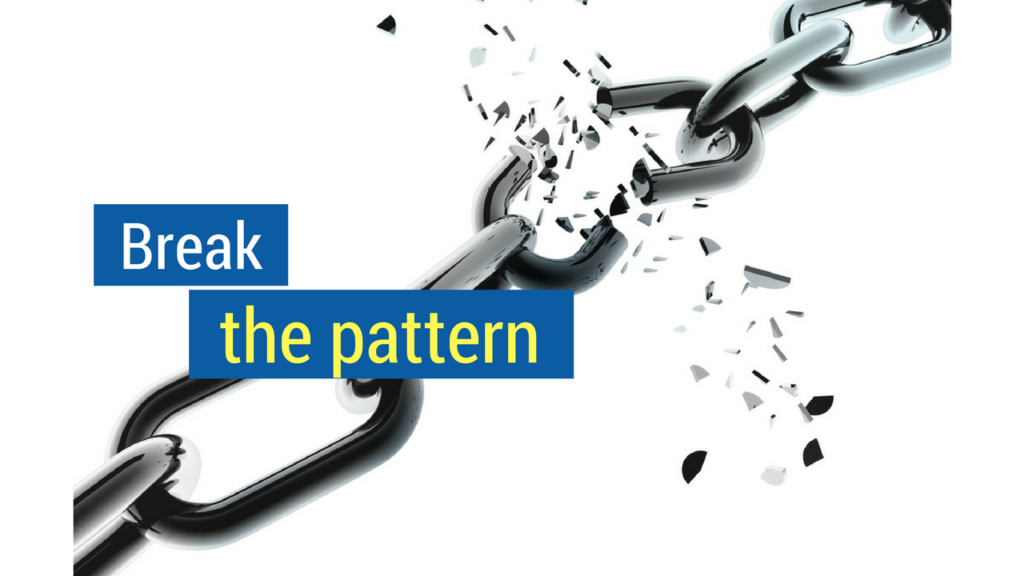
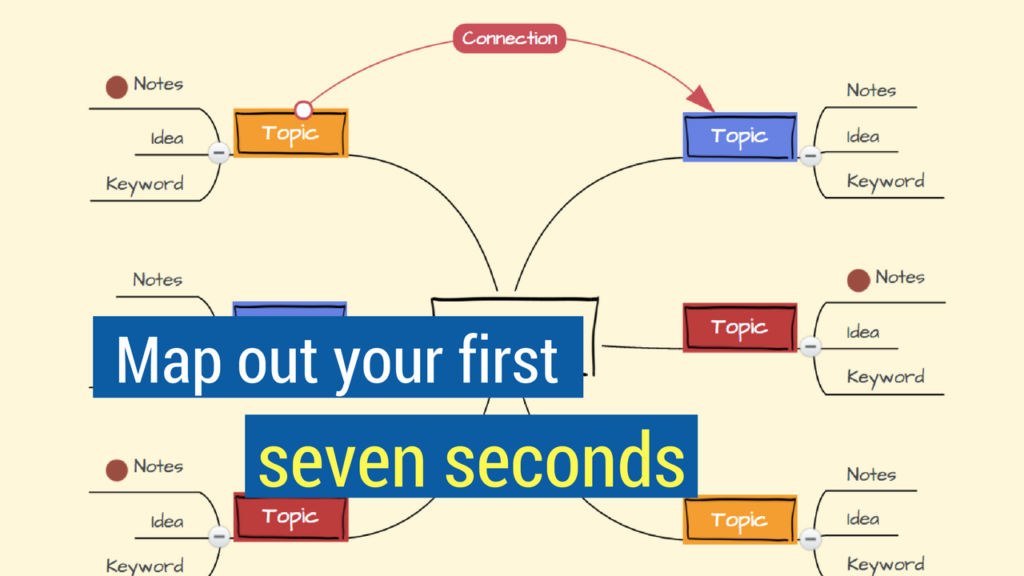

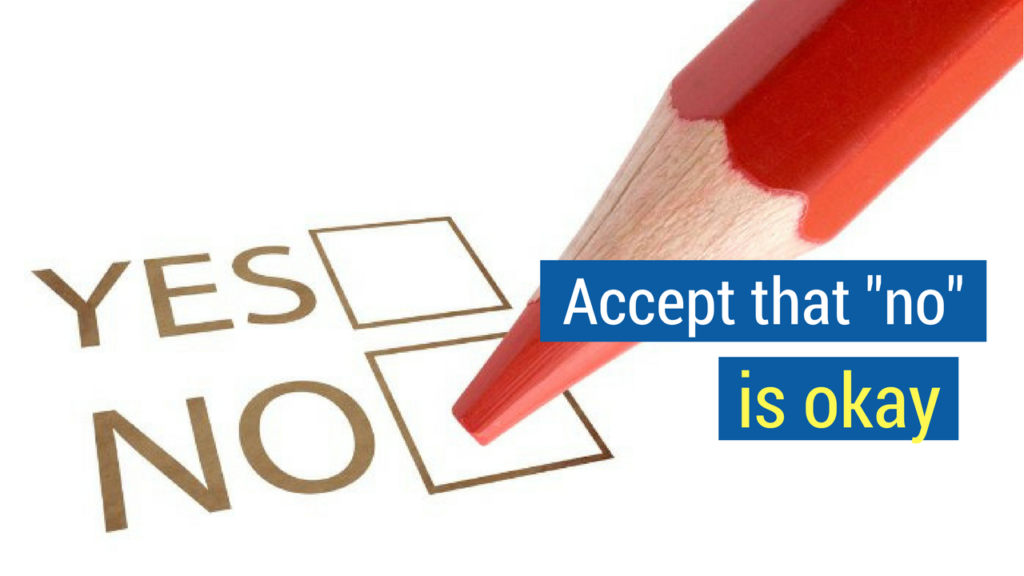
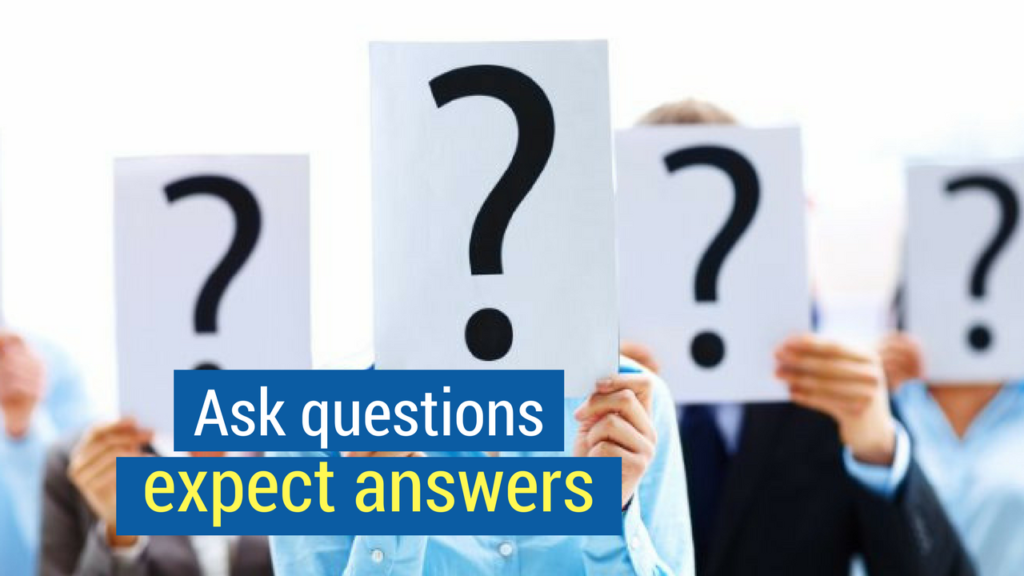
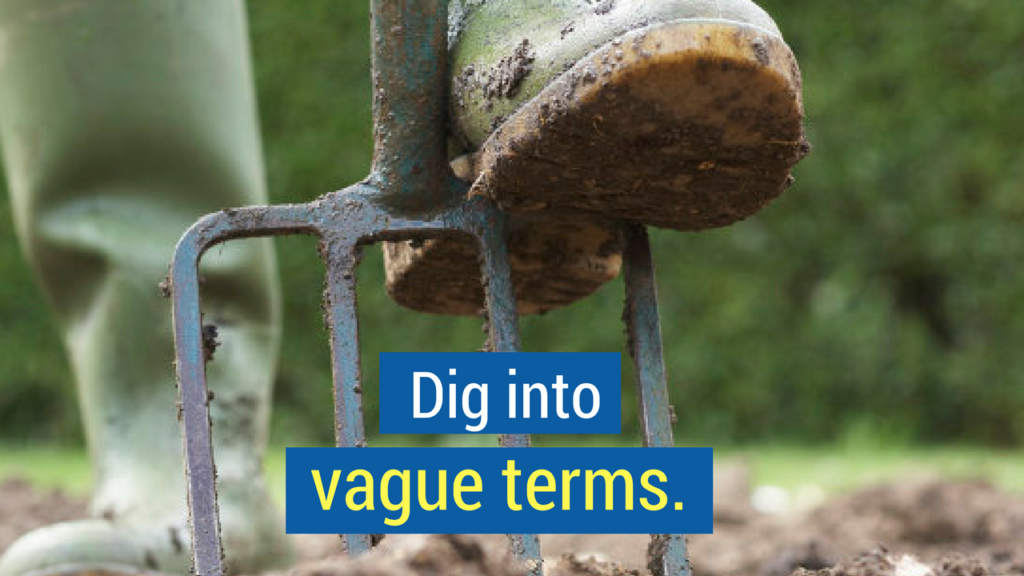

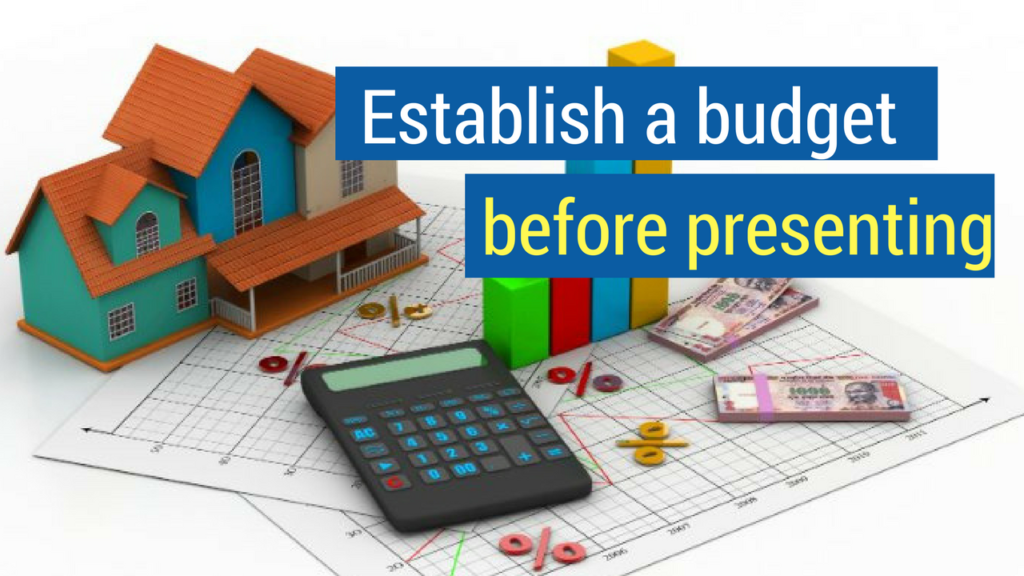
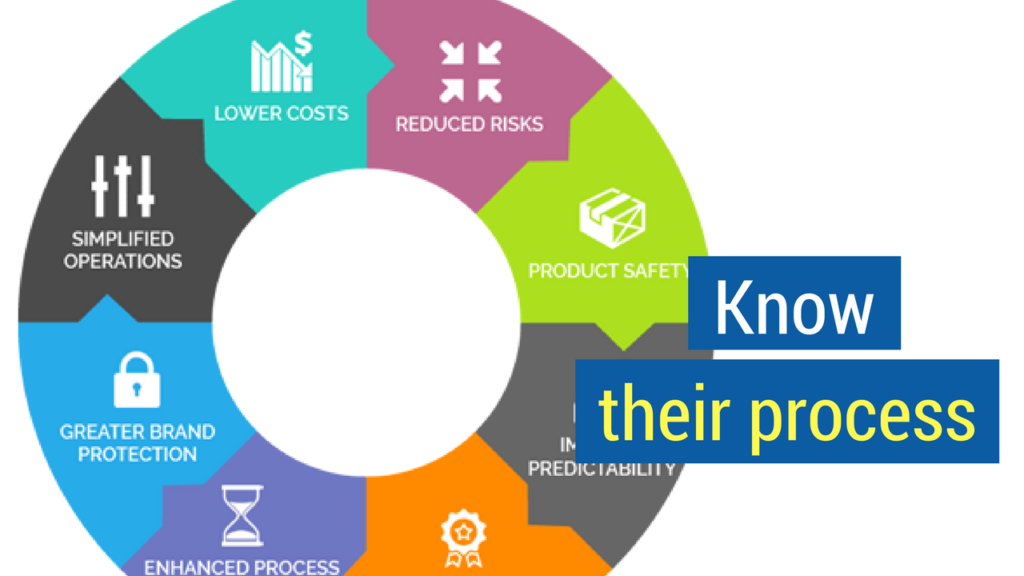
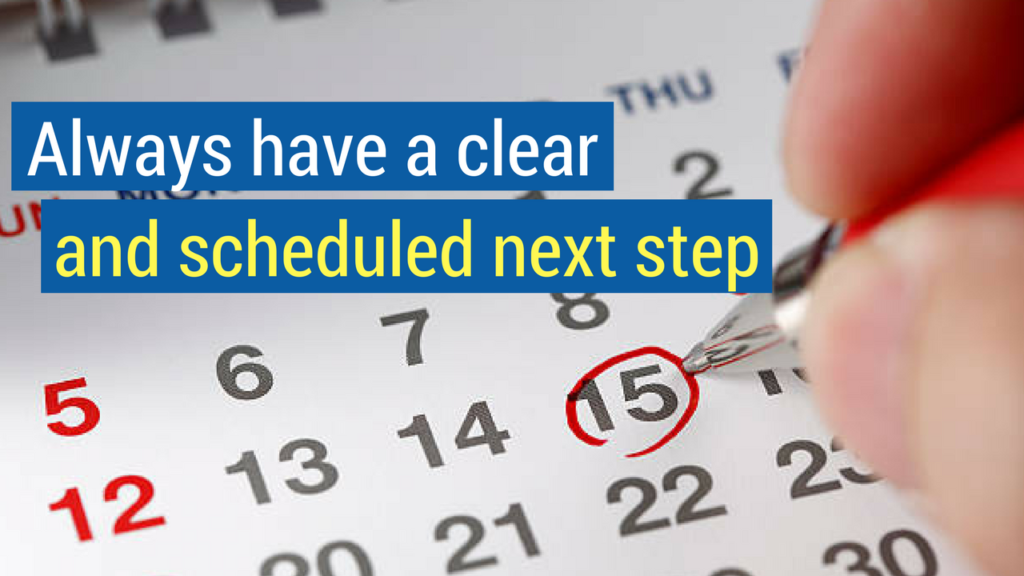

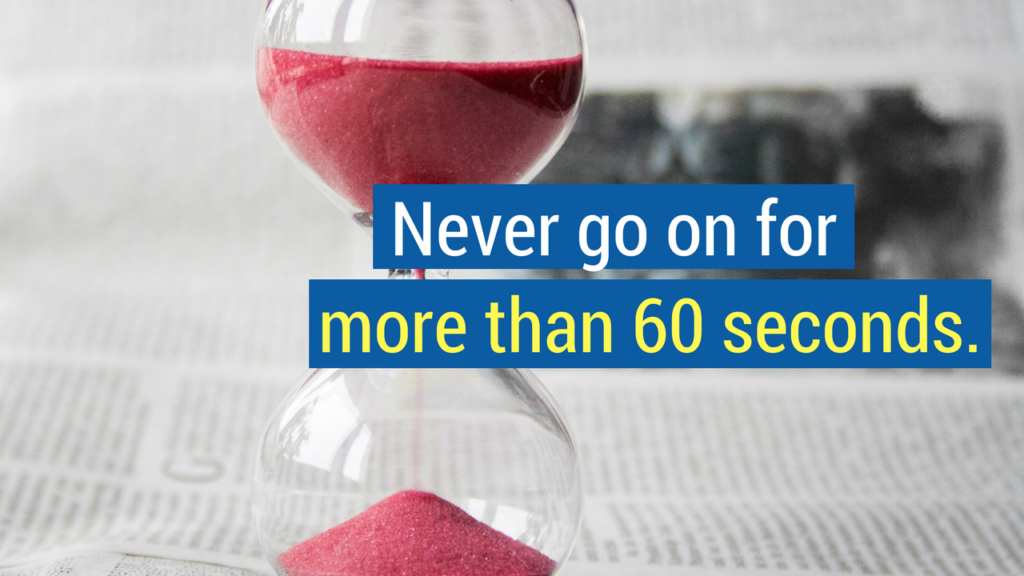
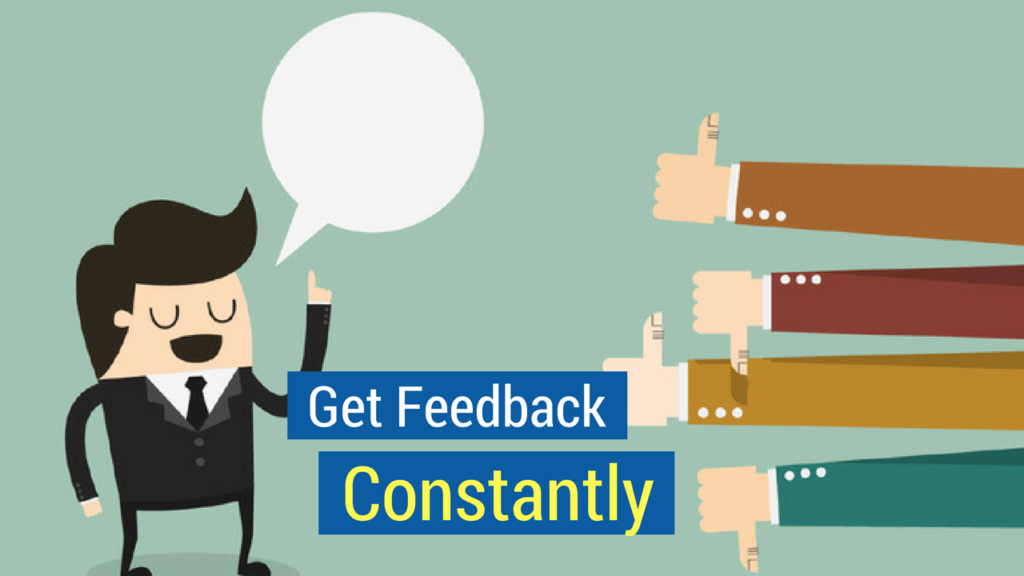


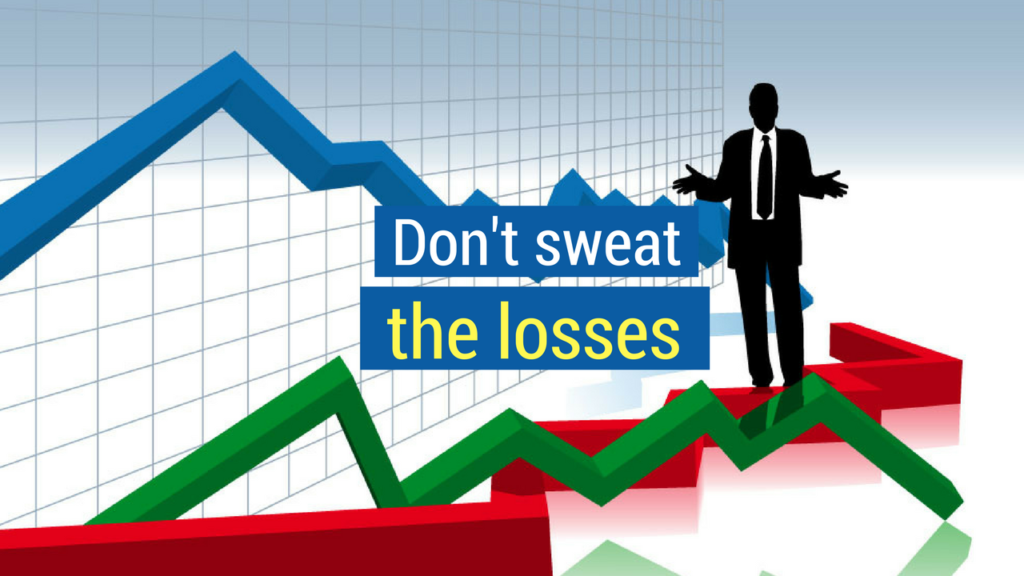
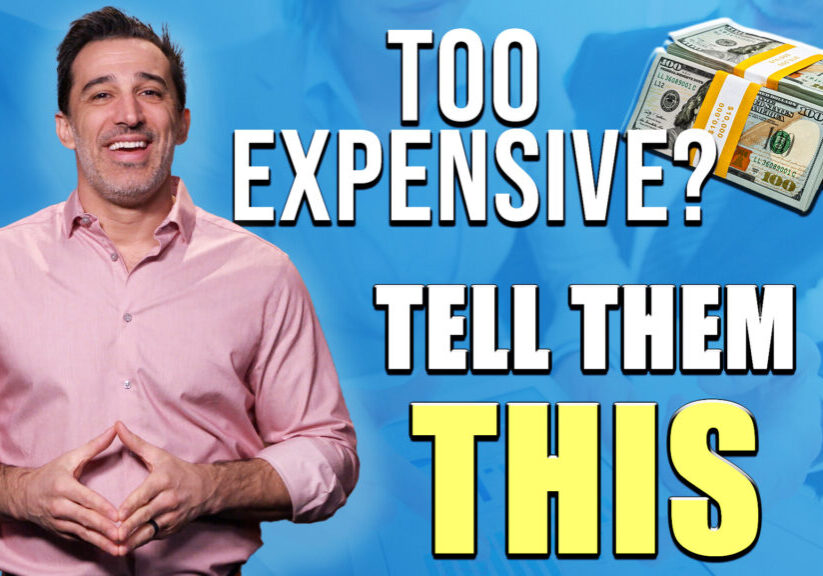
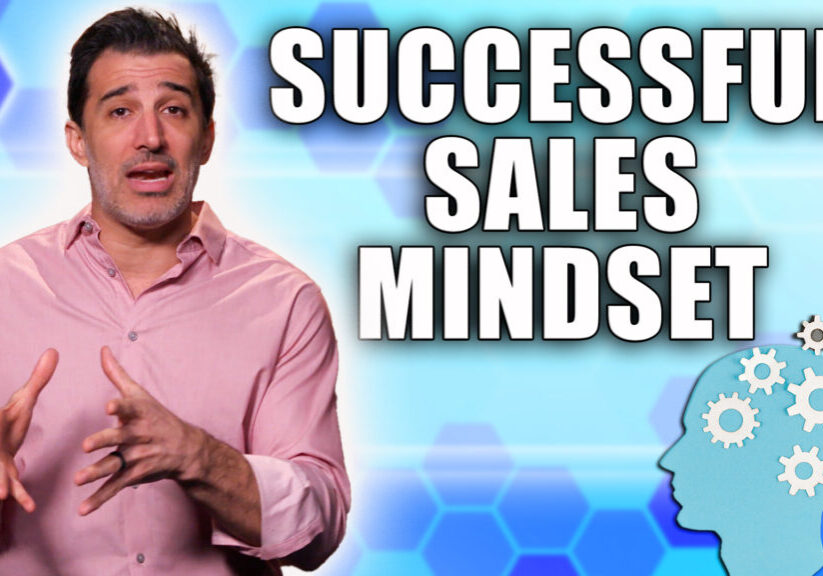
![How-to Sell to Power [C-Suite Sales Must-Knows!] How to Sell to Power [C-Suite Sales Must-Knows!]](https://salesinsightslab.com/wp-content/uploads/bb-plugin/cache/How-to-Sell-to-Power-C-Suite-Sales-Must-Knows-1024x576-landscape-7a52c541b28a7b772ad9e1010d8240be-.jpg)

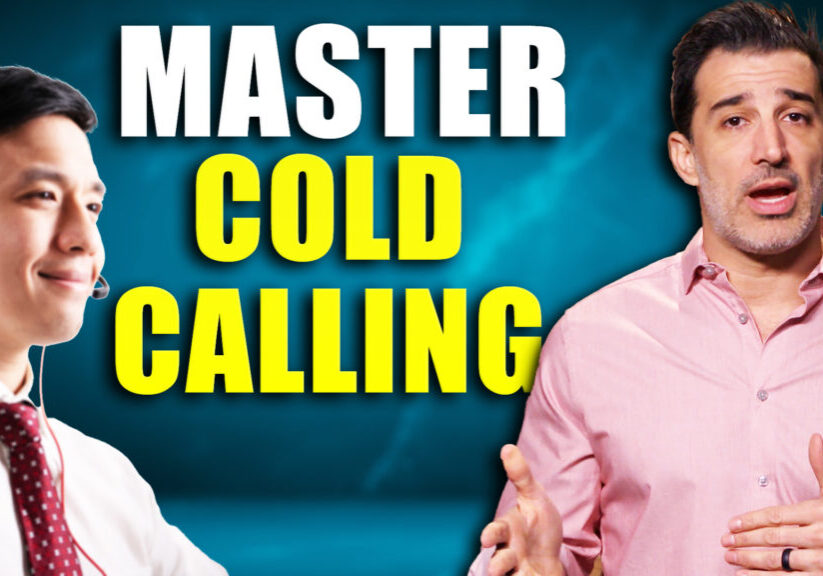
![The Absolute Best Way to Start a Sales Conversation [WITH ANY PROSPECT] The Absolute Best Way to Start a Sales Conversation [WITH ANY PROSPECT]](https://salesinsightslab.com/wp-content/uploads/bb-plugin/cache/The-Absolute-Best-Way-to-Start-a-Sales-Conversation-WITH-ANY-PROSPECT-1024x576-landscape-be9d9379ab94d9f71b5bfeed42246a84-.jpg)